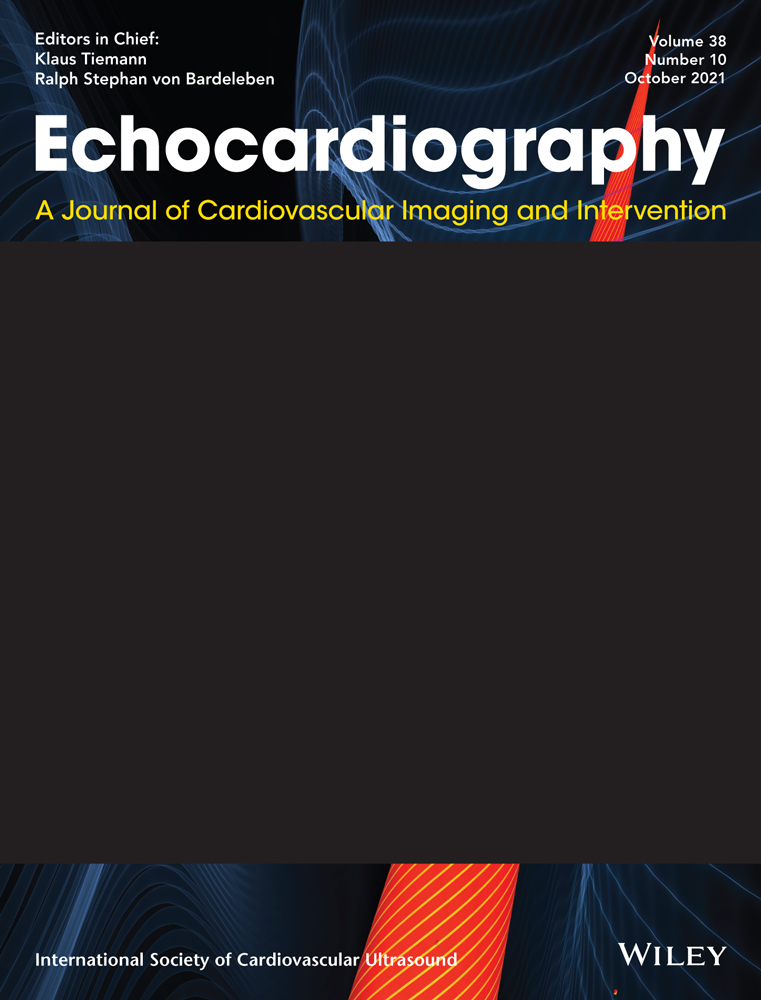Ultrasonographic measurements of femoral vessel diameter in neonates weighing less than 2.5 kg
Abstract
Background
Cannulation in low birth weight (LBW) neonates using larger sheaths could increase the risk of vascular injury. This study investigated the relationship between body weight (BW) and diameter of femoral vessels in LBW neonates and whether BW can be used to predict femoral vessel diameter.
Methods
The cohort included 100 neonates weighing < 2.5 kg (.57–2.42 kg) with a gestational age of 24–39 weeks. Vascular ultrasonography was used to measure diameters of the bilateral femoral arteries (FA) and veins (FV). The cohort was divided into four groups according to weight: group-A, 2–2.49 kg (n = 28); group-B, 1.5–1.99 kg (n = 38); group-C, 1–1.49 kg (n = 21); and group-D, < 1 kg (n = 13); or according to BSA: group-A, BSA > .16 m2 (n = 25); group-B, .13–.16 m2 (n = 40); group-C, .1–.13 m2 (n = 22); and group-D, < .1 m2 (n = 13).
Results
The median vessel diameters (mm) in groups A–D according to weight were FA, 1.96, 1.86, 1.78, and 1.53, and FV, 2.30, 2.28, 2.13, and 1.87, respectively. The median vessel diameters (mm) in groups A-D according to BSA were FA, 1.96, 1.86, 1.76, and 1.53, and FV, 2.30, 2.28, 2.05, and 1.87, respectively. There were positive correlations between BW and femoral vessel diameter (correlation coefficient: .56 and .55 between BW and FA and FV, respectively) (p < 0.001), and between BSA and femoral vessel diameter (correlation coefficient: .56 and .55 between BSA and FA and FV, respectively) (p < 0.001).
Conclusions
BW is a predictor of femoral vessel diameter in LBW newborns. This finding may help to avoid using larger sheath in smaller vessels.
CONFLICT OF INTEREST
The authors declare no potential conflict of interest.




